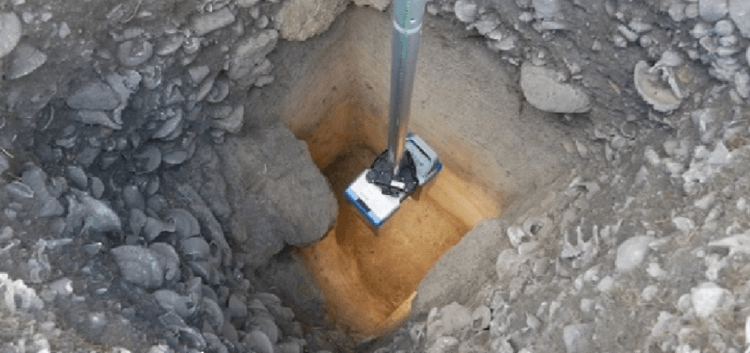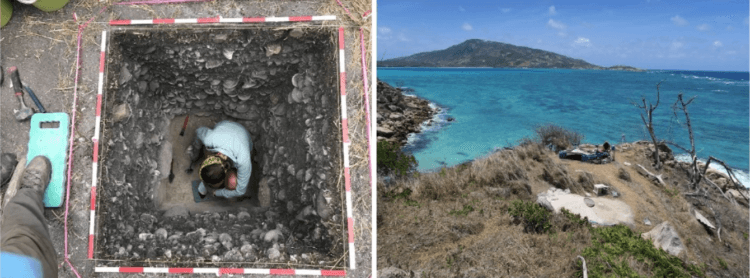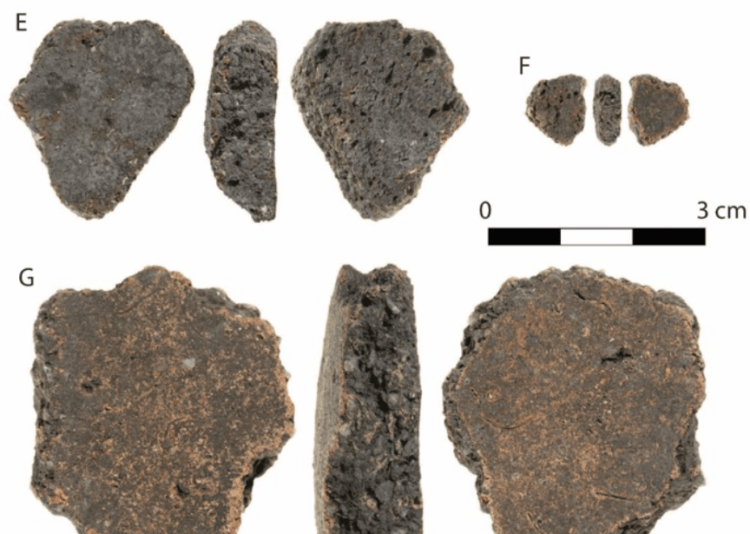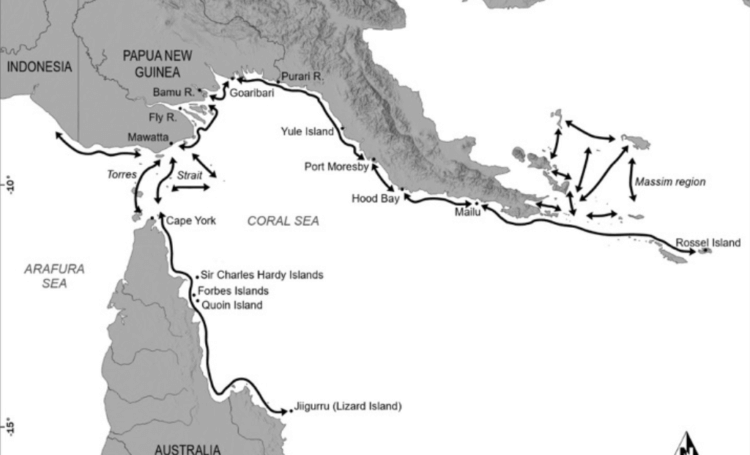On the island of the Great Barrier Reef, archaeologists have discovered dozens of fragments of ancient pottery ranging in age from 2,000 to 3,000 years. This is the oldest pottery ever discovered in Australia. The find speaks to thousands of years of pottery-making practice by indigenous people on Jiigurru Island, also known as Lizard Island. Let us remember that British colonists arrived in Australia only in 1788. However, the Aboriginal people had some technology long before this, but after colonization it was lost. Moreover, scientists suggest that the local inhabitants of the island were actively engaged in trade thousands of years ago.

During excavations in Australia, fragments of pottery dating back 3000 years were discovered. Photo source: www.sciencealert.com
The Aborigines of Australia were highly developed
Archaeologists, together with representatives of the Dingaal and Ngurrumungu Aboriginal people, spent more than two years excavating under the scorching sun to discover traces of the ancient civilization of the local inhabitants. As a result, among the remains of shellfish, fish and turtle bones, as well as charred plant materials, they came across many shards, that is, fragments of ceramic products.
It must be said that this is not the first such find. Ceramic fragments were found on Jiigurru back in 2006 in one of the tidal lagoons. However, it was not possible to date the find at that time, since the daily tides eroded the shards. As a result, the researchers were left with only hope that someday they would be able to find fragments of ceramics, and their origin and age could be established.
The researchers continued their work and came across traces of the life of ancient people about 4000 years old , however, there was no ceramics here. The find mainly consisted of shells. But the researchers did not stop searching, and luck turned their way in 2017, when one of the archeology students found the first shard just 40 centimeters from the surface of the earth.

The site where researchers discovered ceramic shards. Photo source: www.sciencedirect.com
Archaeologists say their discoveries not only open a new chapter in Australian, Melanesian and Pacific archaeology, but also change understanding of Australia's Aboriginal community. The scientific discovery contradicts colonialist stereotypes about these people.
When pottery began to be made in Australia
According to radiocarbon dating, the age of the deepest layers of the excavated mass is approximately 6510–5790 years. This means that people settled Jiigurra earlier than other islands in the north of the Great Barrier Reef.
The researchers also found that the site's population exploded around 3,000 years ago. At this point, pottery began to appear, and sea shells began to accumulate. According to the researchers, for about another thousand years, ceramics were actively produced, used and discarded by local residents.

Ceramic shards discovered in Australia. Photo source: Quaternary Science Reviews
Jiigurru pottery is the oldest ever discovered in Australia. The shards are several hundred years older than two dozen clay shards found on an island in the Torres Strait between the tip of the Australian mainland, Cape York and Papua New Guinea in 2006, researchers say. The authors report this in the publication Quaternary Science Reviews.
There was a trading network in Australia
Analysis showed that Jiigurru pottery was produced locally, using clay, lime sand and feldspar. These materials are similar to beach sand on the island. The study also showed that the fragments belonged to small, thin-walled vessels. Such vessels were easy to transport since they were light. In addition, the risk of damage to small pottery is lower than to large pots.

Aborigines may have had trade links with other peoples
Researchers suggest that the Aborigines had a widespread trading system, which included cultural exchanges with the pottery communities of Papua New Guinea. It is known that the inhabitants of Jiigurru were seafarers. Most likely, they are exchanging technologies, goods and ideas with other island communities.
Be sure to subscribe to our Zen and Telegram channels. This way you will always be aware of new scientific discoveries!
Over time, knowledge about pottery was lost, but the reasons are still unknown. This may have occurred before British colonization, or may have been associated with the displacement and fragmentation of communities. But, in any case, the find suggests that the local people in Australia were more developed than is commonly believed. Let us recall that, according to one of the finds, the aborigines of Australia used boomerangs. You can read more about this, and what a boomerang is, at the link.